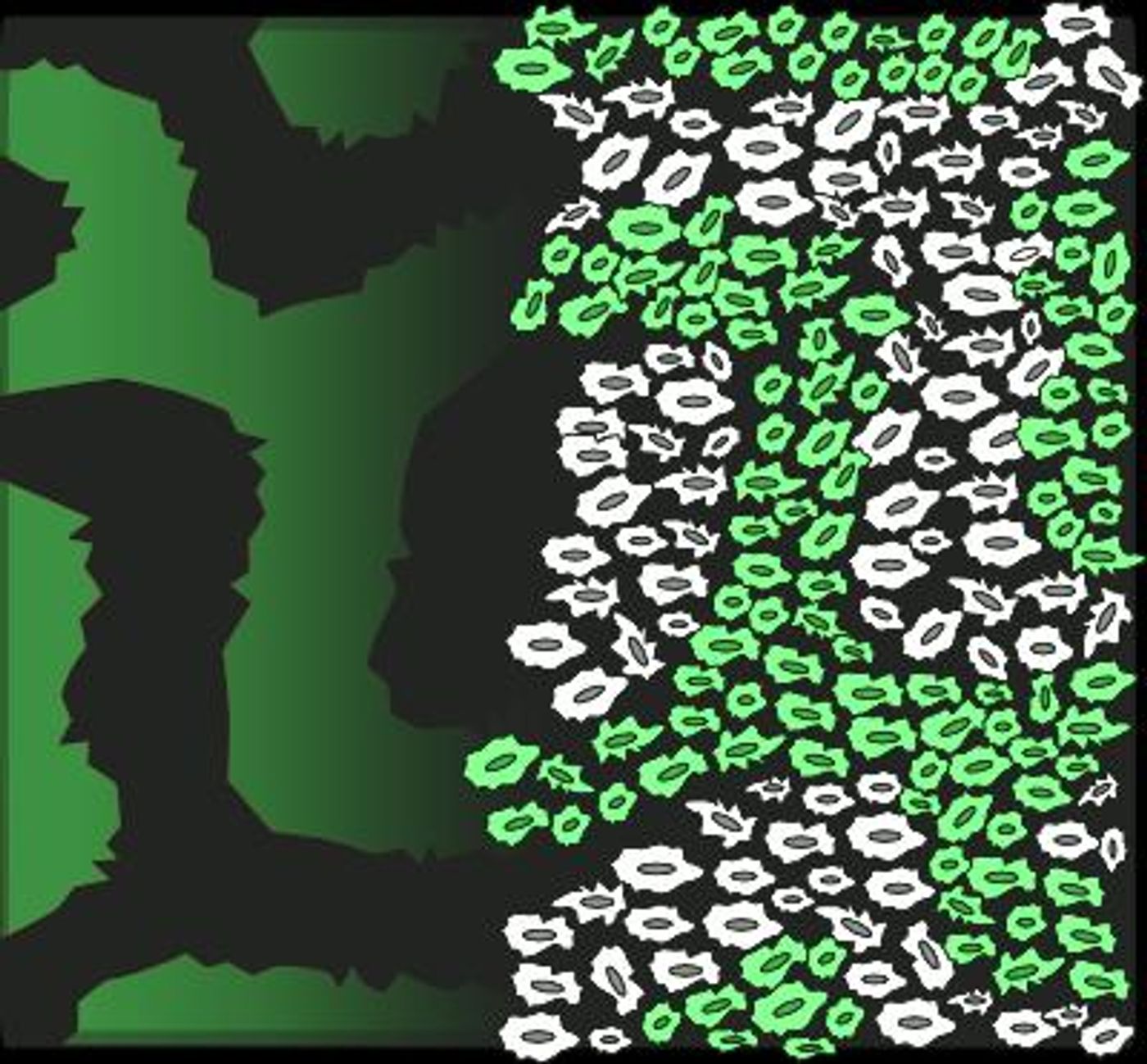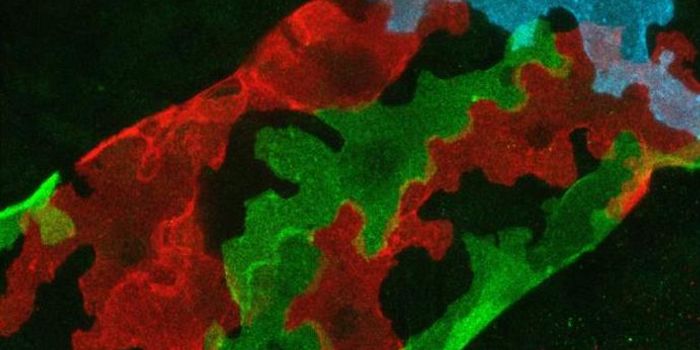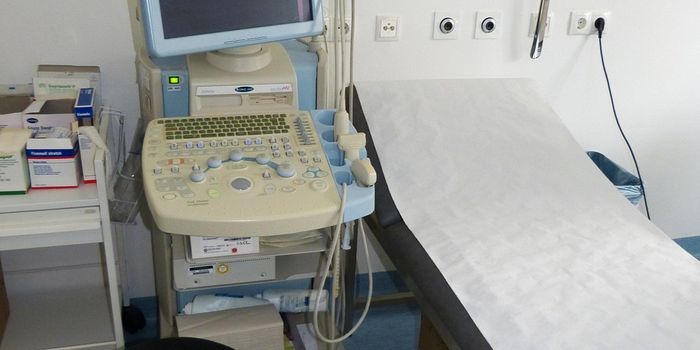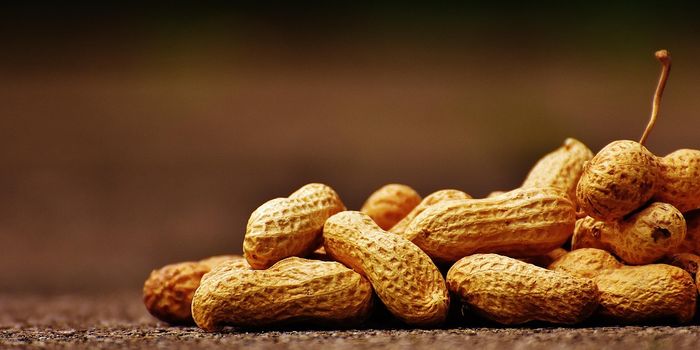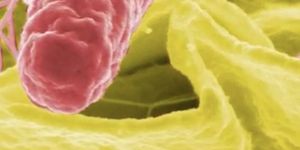Are Patterns in Biology Governed by a Turing Theory?
Alan Turing was a mathematician and logician who did important work not only in computing but in a variety of fields including biology. He developed a theory about the formation of patterns in biological systems. New research by scientists at EMBL has expanded on his work; it can now help show whether or not the theory is valid, and that result could have a big impact on tissue engineering. This work has been reported in Physical Review X.
Turing proposed that all the patterns we observe in nature, like the petals on flowers or a zebra’s stripes, come down to unique chemical interactions between molecules that are moving through space. The theory doesn’t only apply to biology; it may have implications for many fields including astrophysics. Scientists haven't been able to build conclusive proof that biological patterns are regulated by Turing’s theory.
In this study, researchers Xavier Diego, James Sharpe and others assessed computational evidence, finding that Turing’s theory was more flexible than had been thought. To continue their research, the investigators used a type of mathematics that applies to networks and systems, called graph theory. They found that many of the foundations of the Turing system are determined by network topology, which is how feedback from components of the network is structured. This work has led to a new understanding of Turing systems and shown how to make one successfully.
In a Turing system, an activator has to diffuse more slowly than some inhibitor, which creates a pattern. Most models have required too much fine-tuning, which prevents its real application.
"We learned that studying a Turing system through the topological lens really simplifies the analysis. For example, understanding the source of the diffusion restrictions becomes straightforward, and more importantly, we can easily see what modifications are needed to relax these restrictions," explained first author Xavier Diego.
"Our approach can be applied to general Turing systems, and the properties will be true for networks with any number of components. We can now predict if the activity in two nodes in the network is in or out of phase, and we also found out which changes are necessary to switch this around. This allows us to build networks that make any desired pair of substances overlap in space, which could have interesting applications in tissue engineering."
A pictorial method was also provided, to allow researchers to analyze existing networks or design new ones easily. "We call them 'Turing hieroglyphs' in the lab," said EMBL Barcelona group leader James Sharpe. "By using these hieroglyphs, we hope that our methods will be adopted by both theoreticians and by experimental groups that are trying to implement Turing networks in biological cells."
This new research should aid in the production of biological patterns in the laboratory. That will help show whether or not the theory is valid.
Sources: AAAS/Eurekalert! Via EMBL, Brittanica, Physical Review X
